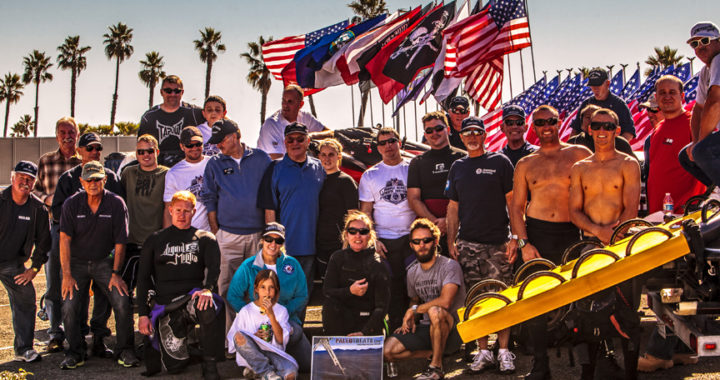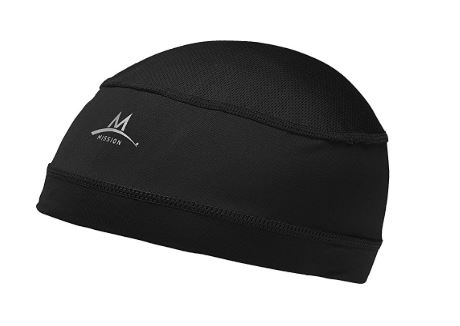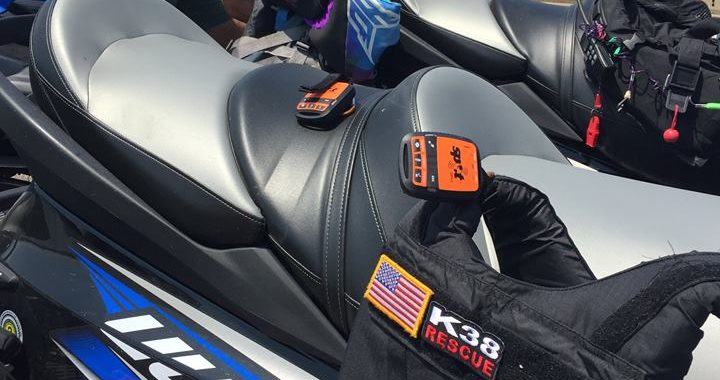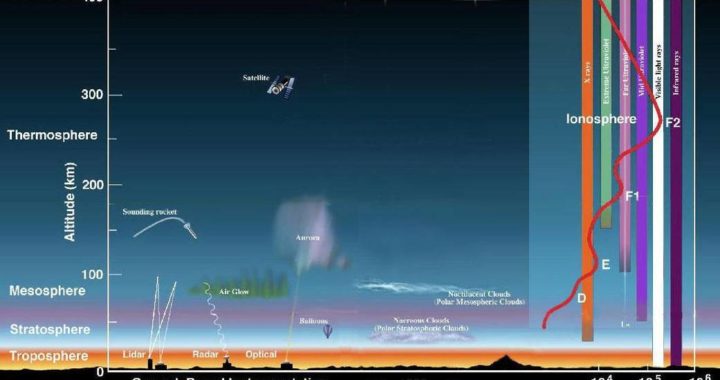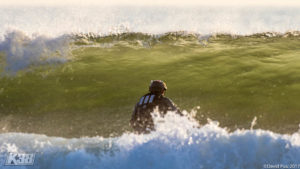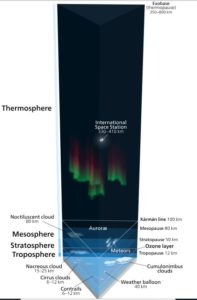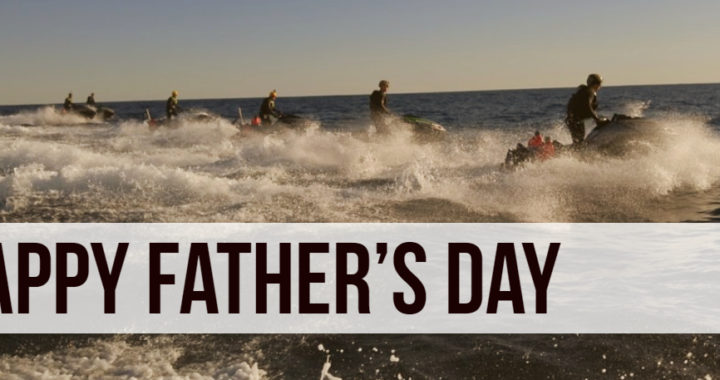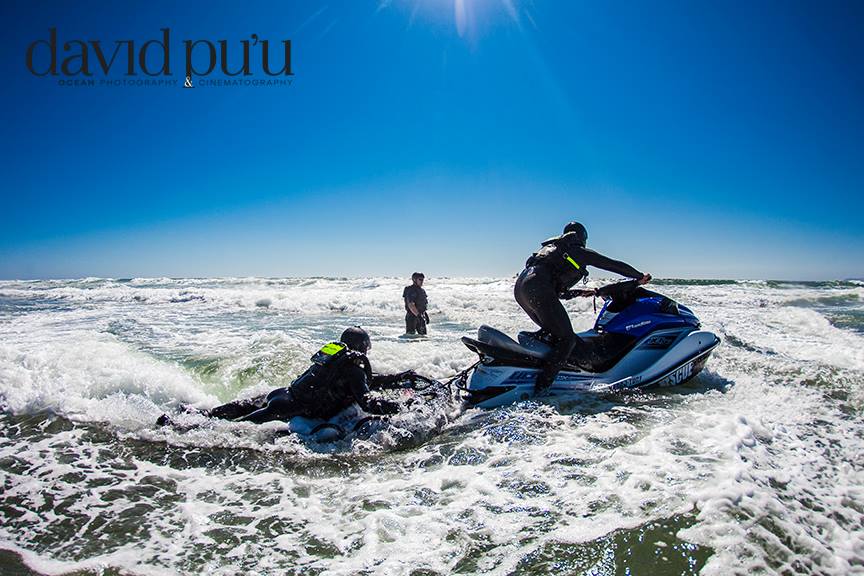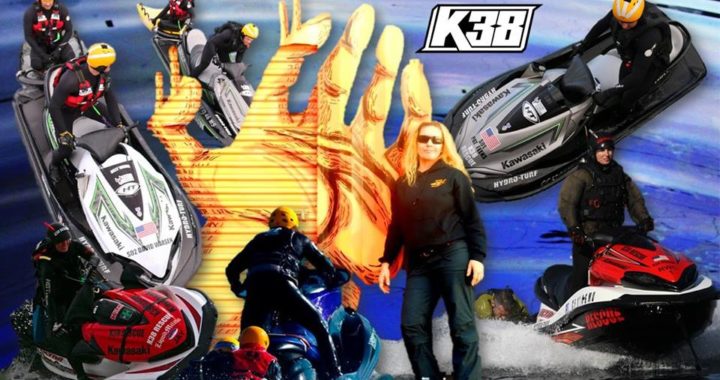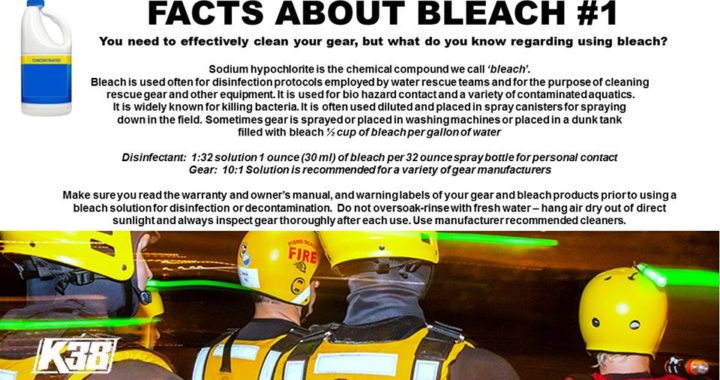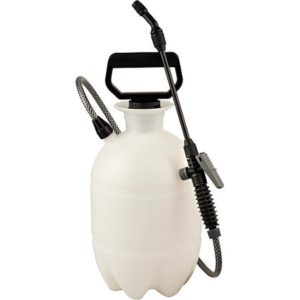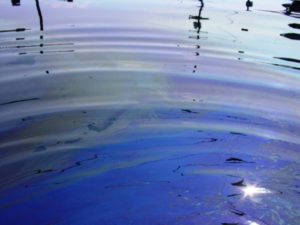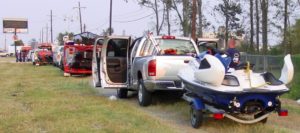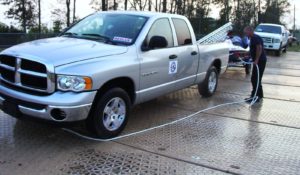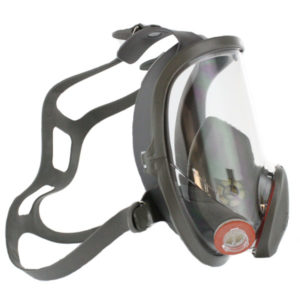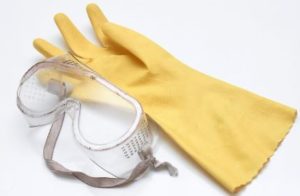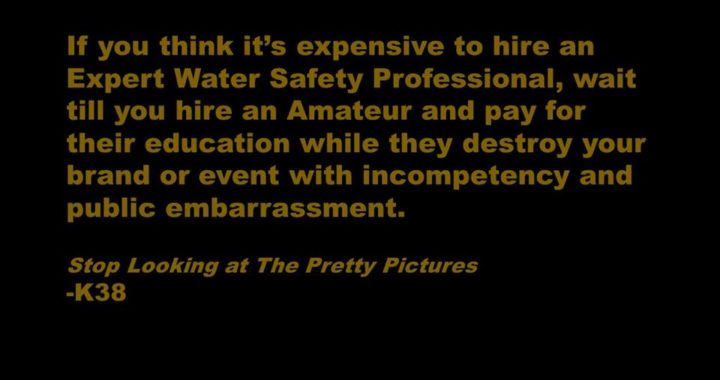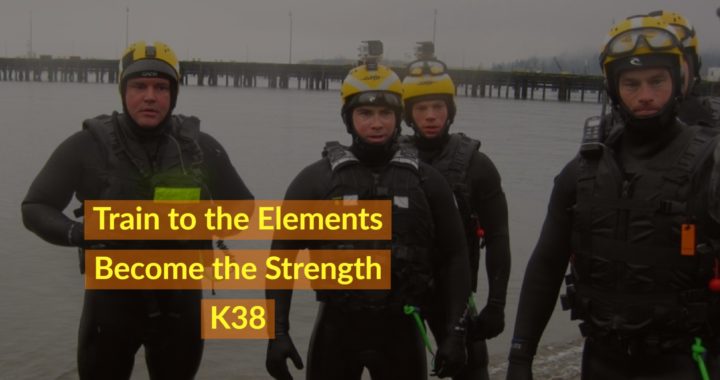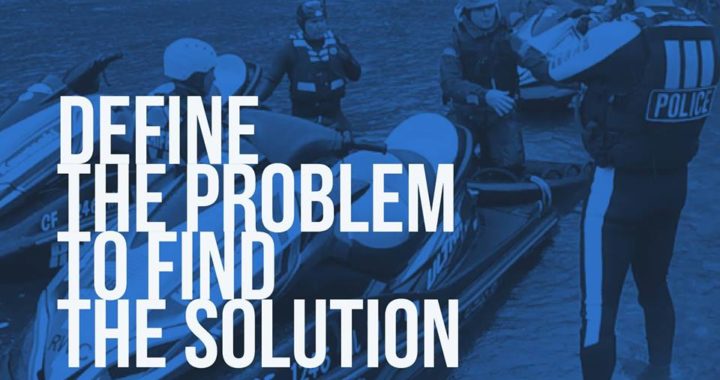BIRTHDAY NEWS
Our Founder wanted to find a unique way to support lifesaving through Facebook online donations. The goal was to raise funds and bring the community together at the Rescue Water Craft Association. What is the RWCA?
We are partners in water safety, not competitors. We are elite in our determination and seek like-minded ethical professionals and lay persons who understand and are willing to go the distance no matter how uncomfortable the adversity, how daring the storm or long the night.
Our core values are based on the acronym: S.E.E.
• Safety
• Education
• Enforcement
CONTRIBUTORS
We hold ourselves accountable to our knowledge and are responsible in our actions. Our vision was to revolutionize lifesaving and ensure a culture of safety exists with personal pursuits in our community worldwide. Now is the time to unify our community and broaden capabilities by driving change and influencing the next generation.
The Vision: Donations are helpful and connecting our culture internationally can bring people to our new non-profit in a variety of ways. You can volunteer or simply share stories, each is a gift to itself.
“It's not about my life but the life of those who need proper training. I am not asking anyone to delve into donating because you know me, love me or hate me, but if you have a regard for helping out others and would not mind a tax deduction for your donation (USA), that's a nice thought.
Even so, if not, please like and join the page and I would sure appreciate your support of the Rescue Water Craft Association. My hope is to save lives through education that matters and not cause harm. I was born on the 21st, I think of my mother and my siblings and their children and marvel that another day arrives for me, for us and hope we all enjoy another gifted day.
We are contributors because we care, it's not about money, your support is good enough for me and I care with you.” Says founder Shawn Alladio.
UNITED
As of June 20, 2018 the Facebook fundraiser has generated $1,465.00 USD
Facebook fundraising ended on June 21.
100% of the proceeds go directly towards funding the following programs:
1. Junior Boater Program
2. THIN LINE-benefiting Veteran, Law Enforcement and First Responder families
To join or make a donation to the RWCA please visit Rescue Water Craft Association
PARTNERS IN WATER SAFETY
1. Craig Zulian, Australia (K38 Australia)
2. John W. Youings, Australia (Wake of Fame Inductee)
3. Patty Coston Webb, USA (Great Human Being)
4. Norbert Wysocki, Poland (Rescue Water Craft Operator)
5. James Worrall, Australia (Rescue Water Craft Operator)
6. Gerald Davies, Australia (Jet Rescue Sleds)
7. Mat Lanigan, USA (Water Safety Advocate)
8. Bob Pratt, USA (Great Lakes Surf Rescue Project)
9. Kevin Collins, USA (Great Human Being)
10. Amy Green, USA (Professional PWC Racer, Wake of Fame Award recipient, friend)
11. Ocean Priselac (Animal rescuer, waterwoman, friend)
12. Mario Vittone (Former USCG Rescue Swimmer, advocate for water safety)
Thank you all!
Yours in Water Safety!
Have any questions? Join the Rescue Water Craft Association
and discover what your community is doing to modernize standards, safety and reduce liability!
Content Creator – Shawn Alladio cares most about her community and the culture surrounding the safety of event service providers and Rescue Water Craft operators, working hard and dedicated towards protecting their reputation, distributing safety information and continuing to train these amazing individuals to the highest standards of care.
